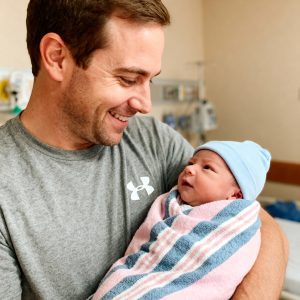A Whistleblower Speaks: No Blame on Pilots
A former Boeing quality inspector, who previously sounded alarms about manufacturing faults, is now pointing to a potentially grave technical failure as the possible root of the horrifying Air India Flight AI171 crash. He’s unequivocal: this doesn’t reflect any error by the flight crew.
An Ominous “Gap” Echo from the Past
Back in 2024, this same Boeing employee testified to regulators that structural gaps and assembly flaws in the 787 had caused deep unease. His warning—“that’s not how you build aircraft”—sent ripples through the industry. Now, investigators are re-examining those red flags in light of the recent tragedy.
Dramatic Flight, Troubling Theories
Fresh high-definition footage of Flight 171 shortly after takeoff reveals a tiny grey speck beneath the right wing—a deployed Ram Air Turbine (RAT). Aviation analyst Captain Steve Schreiber, a pilot and YouTuber, suggests this indicates a dual-engine failure or catastrophic electrical/hydraulic loss at low altitude. At such a low height, the RAT would be ineffective, heightening the likelihood of a catastrophic malfunction.
Gaps and Shortcuts: A Troubled Manufacturing Culture
Experts are diving deep—remember, Boeing engineers had flagged fastener issues during assembly, hinting that corners were being cut. A former NTSB investigator told NPR that early flight video shows the plane struggling to climb—no visible engine flames, but a possible case of insufficient power.
A Wider Pattern of Concerns
This crash isn’t happening in isolation. Boeing is already under intense scrutiny from the US Justice Department and FAA following past incidents, including two 737 MAX disasters. The release of FAA-conducted structural integrity tests—especially those involving the 787—has been urged by whistleblower legal teams to shed light on possible oversights.
What Lies Ahead: Investigation, Accountability, Action
Authorities have recovered the aircraft’s black boxes, and a joint investigation led by India, with support from the FAA and Boeing engineers, is underway. The FAA, bolstered by insider reports, has urged swift public disclosure of any defects found. Meanwhile, Boeing has assured Air India of full cooperation as the aviation world waits for clarity.
Why It Matters: Passenger Trust and Safety Oversight
While aviation remains statistically among the safest modes of travel, Flight AI171 confronts the industry with pressing questions: Are safety shortcuts being tolerated in the name of speed and cost? Can internal warnings be taken seriously—even when they challenge powerful OEMs? The answers could reshape safety standards and accountability protocols worldwide.





